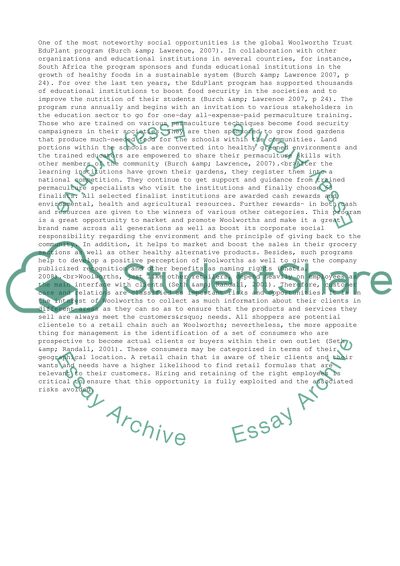Cite this document
(“The Global Social and Enviremental Opportunities and Risks Facing Essay”, n.d.)
Retrieved from https://studentshare.org/business/1433392-a-report-for-woolworths-ypthe-global-economic
Retrieved from https://studentshare.org/business/1433392-a-report-for-woolworths-ypthe-global-economic
(The Global Social and Enviremental Opportunities and Risks Facing Essay)
https://studentshare.org/business/1433392-a-report-for-woolworths-ypthe-global-economic.
https://studentshare.org/business/1433392-a-report-for-woolworths-ypthe-global-economic.
“The Global Social and Enviremental Opportunities and Risks Facing Essay”, n.d. https://studentshare.org/business/1433392-a-report-for-woolworths-ypthe-global-economic.


